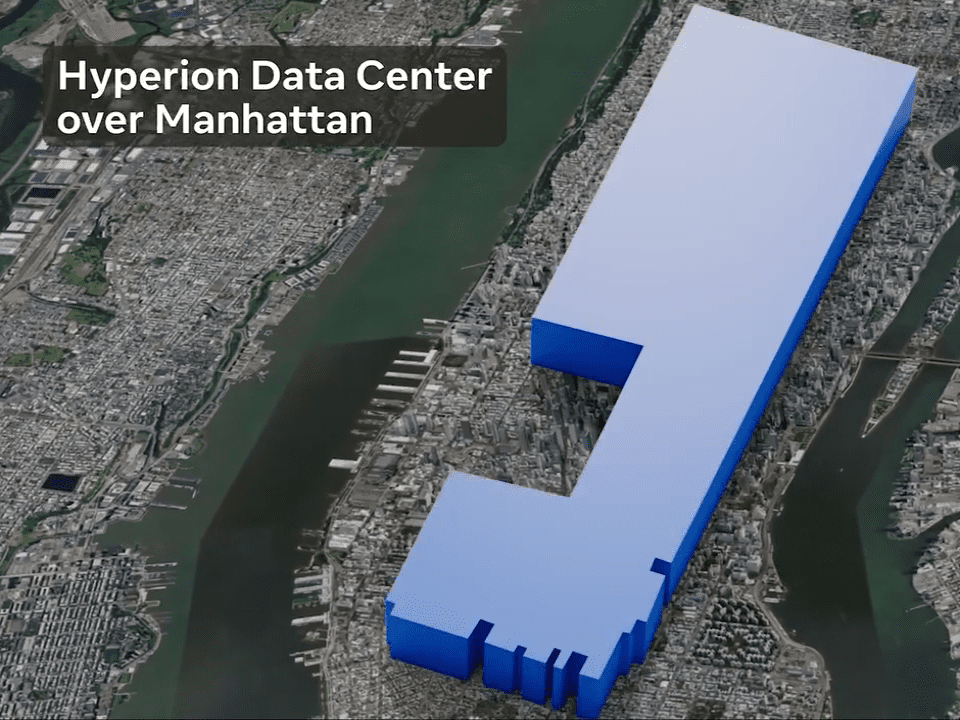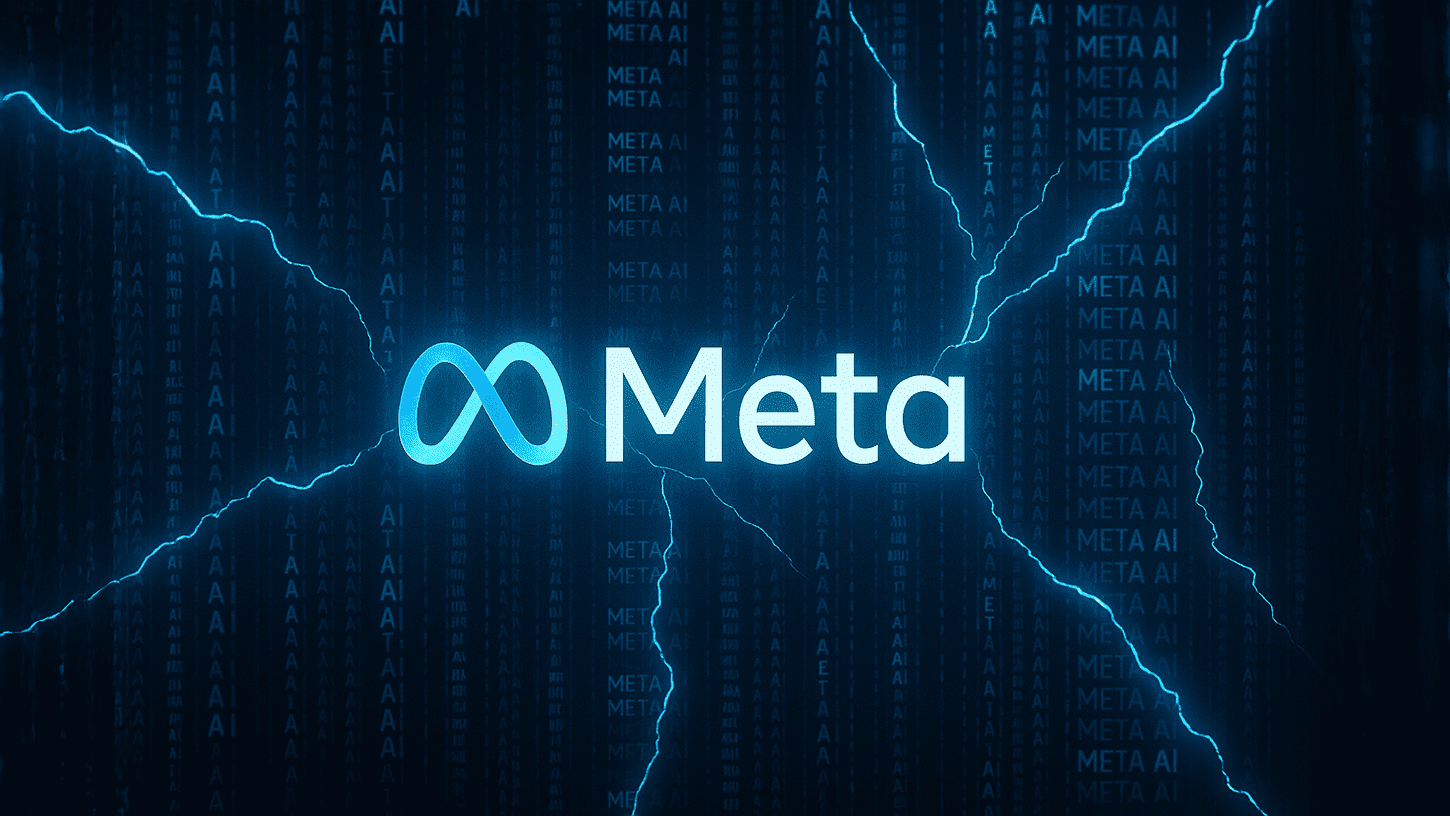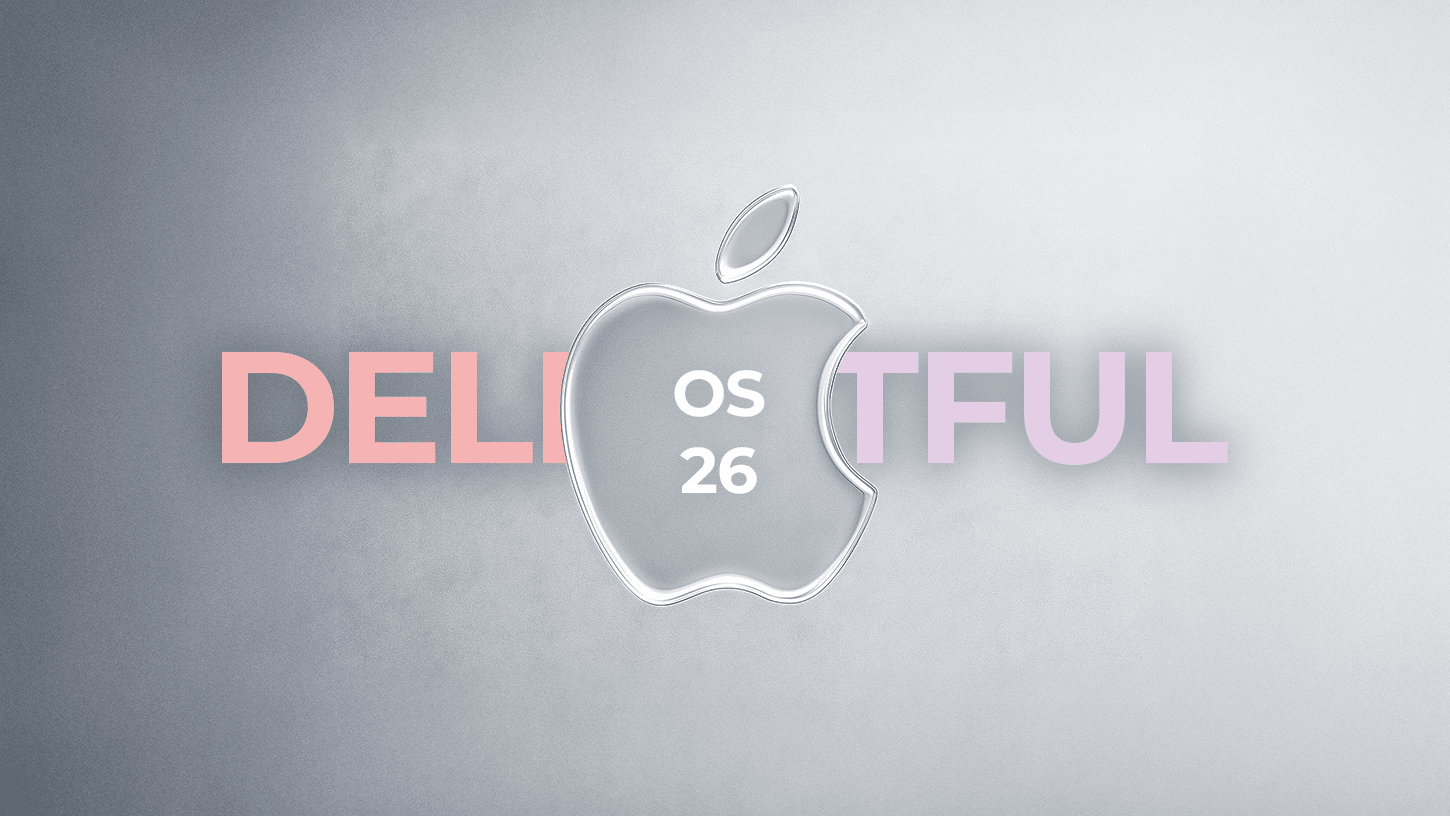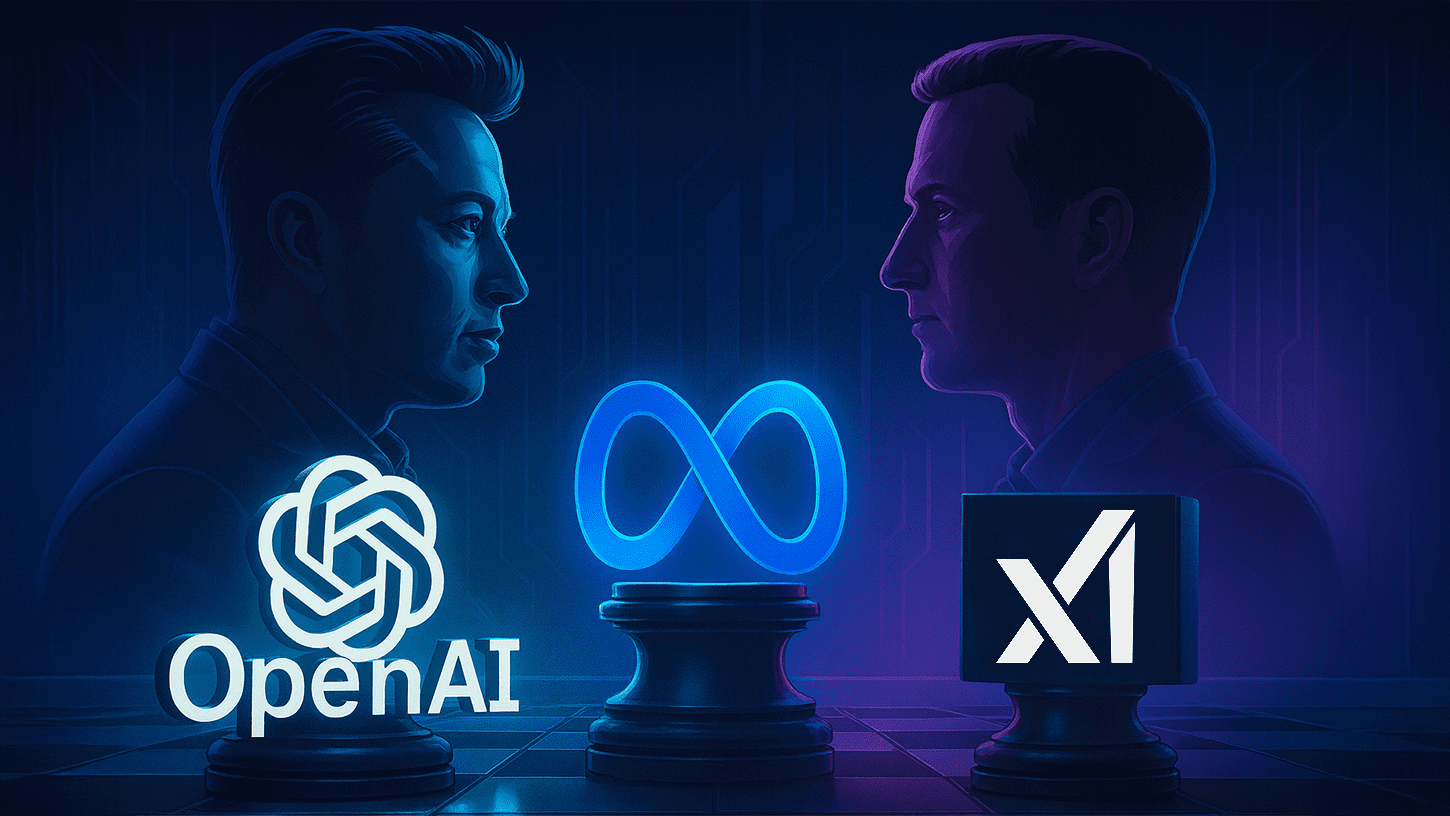Zuckerberg’s Energy-Hungry AI Empire: Inside Meta’s Multi-Gigawatt Data Center Plan

Meta isn’t just building the next generation of AI, it’s constructing the empire that will power it. With plans to invest tens of billions into gigawatt-scale data centers, Meta is turning raw energy into raw intelligence.
In a bold move to dominate the next frontier of artificial intelligence, Zuckerberg has unveiled Meta’s plans to build some of the largest AI data centers the world has ever seen. This aggressive infrastructure play, centered around two massive projects named Hyperion and Prometheus, is designed to provide the raw power needed to push Meta to the forefront of the AI arms race and potentially deliver artificial general intelligence (AGI).
But this ambition comes with a cost measured in gigawatts.
Hyperion and Prometheus: Meta’s AI Powerhouses
At the core of this empire are two titan-scale clusters:
Hyperion – Louisiana’s Giant

Hyperion is Meta’s flagship AI data center currently under construction in Louisiana. Designed to deliver 5 gigawatts (GW) of computational power at full capacity, it will surpass that of most data centers globally. For scale, that’s enough energy to power millions of homes, or nearly all of Manhattan’s energy needs, to feed AI.
Meta expects to bring 2 GW online by 2030, with full-scale operations scheduled for subsequent years. This facility will support Meta’s Superintelligence Lab, its central hub for training large language models (LLMs), multimodal systems, and potentially AGI-level capabilities.
Prometheus – Ohio’s 1GW Supercluster
Scheduled for launch in 2026 in New Albany, Ohio, Prometheus will add another 1 GW to Meta’s computing arsenal. It’s one of the largest single-site AI clusters ever planned and reflects a growing trend among tech giants: own the stack. Meta is building its compute infrastructure from the ground up, rather than depending on third-party cloud providers like AWS or Google Cloud.
Together, these clusters reflect Meta’s evolution into an “AI-first” company with a physical infrastructure to match.
Why It Matters: Strategy, Talent, and the AGI Race
Meta’s billions of dollars infrastructure initiative is more than a flex. It’s a calculated move to gain a strategic edge in a highly competitive landscape dominated by players like OpenAI, Google DeepMind, Anthropic, and Microsoft.
With large models requiring immense computational power for both training and deployment, the ability to control infrastructure has become a critical competitive advantage. These facilities will enable Meta to train successors to its LLaMA 3 models and the upcoming LLaMA 4 series, while powering AI across its platforms, from Instagram’s AI filters to future metaverse AI agents.
This compute edge also acts as a magnet for talent. Recent high-profile hires, such as Alexandr Wang (former CEO of Scale AI) and Daniel Gross (former CEO of Safe Superintelligence), suggest that Meta is stacking its bench with some of the brightest minds in the field.
The Environmental Tradeoff: Billions of Watts, Millions of Concerns
While the promise of AGI and superintelligent systems might grab headlines, the environmental cost is far less glamorous and far more pressing.
Both Hyperion and Prometheus will require massive energy and water resources, raising serious concerns about sustainability and community impact. Already, a Meta facility in Newton County, Georgia, made headlines for drying up local water taps.
This isn’t isolated. As companies like Meta, OpenAI, and CoreWeave race to build compute clusters, their infrastructure is beginning to double the energy needs of neighboring cities. One projection suggests data centers could consume 20% of all U.S. electricity by 2030, up from just 2.5% in 2022.
If energy production doesn’t scale proportionally, the AI boom may clash with local and national grid stability, water availability, and long-term sustainability goals.
Backed by Washington: A National Push for AI Power
Surprisingly or strategically, this energy-hungry expansion is being championed by the U.S. government.
The Trump administration helped launch OpenAI’s Stargate project and publicly supported the growth of U.S.-based AI infrastructure. More recently, U.S. Secretary of Energy Chris Wright described AI as the “most valuable output imaginable,” justifying the transformation of coal, nuclear, geothermal, and natural gas into intelligence.
In other words, national AI competitiveness is now a key energy issue, and the government is backing companies willing to build at scale.
Meta isn’t alone here. OpenAI, Oracle, SoftBank, and Elon Musk’s xAI (with its Colossus supercomputer) are all engaged in what may soon become the biggest infrastructure race since the Cold War, only this time, the battleground is digital, and the stakes are cognitive.
Progress vs. Pressure
Meta’s pivot into AI supercenters could accelerate the arrival of AGI and revolutionize everything from virtual assistants to the metaverse. However, it also raises a difficult question: how far are we willing to go and how much are we willing to spend to chase artificial intelligence?
While Meta’s compute empire may light the path toward a smarter digital future, it may also leave communities and climate systems in the dark unless energy and ethics evolve just as quickly.
As the AI race speeds up, it’s clear: the next generation of intelligence will be powered not just by algorithms, but by electricity and a lot of it.






